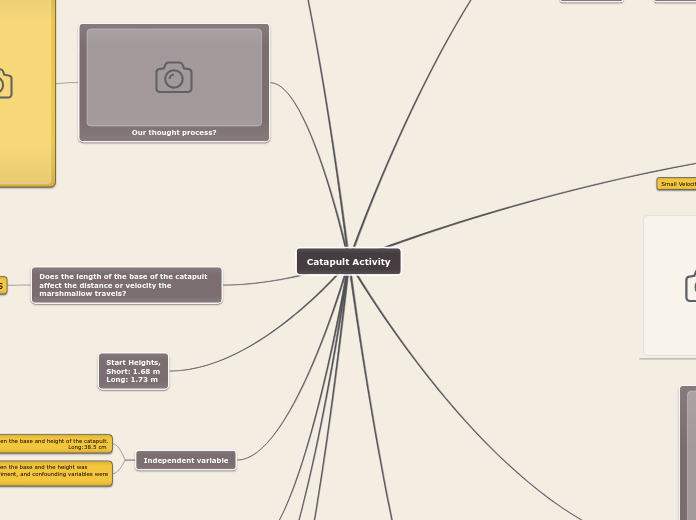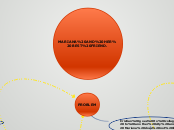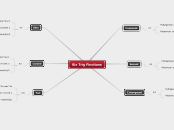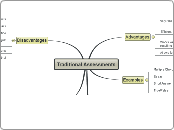by Andrew Udud 3 years ago
145
Catapult Activity RBA
A catapult experiment was conducted to evaluate how different base lengths affect distance, height, and velocity. Various velocity measurements were recorded at different stages: initial, final, peak, and even.









